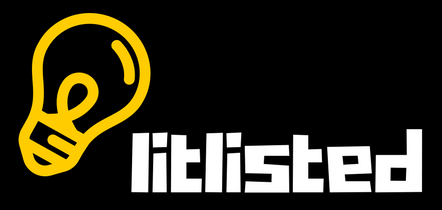Foreclosure Vs. Eviction: What's the Difference
According to recent data, the average price of a home in Alberta is around $353,000. Many people take mortgage loans to purchase homes as the price of a home is far more than their savings.
Due to the commodity crisis, many people have lost their jobs, resulting in increased foreclosures in Alberta. Hence, many people are unable to pay the monthly installments of their mortgage loans.
If you fail to make regular payments towards your mortgage loans, the lender has the right to initiate foreclosure. Many people confuse eviction and foreclosure. Here is the difference between foreclosure and eviction.
What Is Foreclosure?
Foreclosure refers to the legal process initiated by the lender when a borrower fails to make payment. Alberta laws clearly define the foreclosure process, which the lender has to follow. The law allows the borrower to reclaim their property by paying arrears before the court passes the final order on the foreclosure.
According to foreclosure experts, there has been an increase in foreclosures in Alberta in recent years. For example, there were 26 foreclosure claims in Alberta province during the 2015-2016 fiscal years. In the 2018-2019 fiscal years, the Alberta province registered around 220 foreclosure claims.
What Is Eviction?
Eviction refers to action where the person holding the title to property tells the occupant to leave. In the case of a mortgage, the bank or mortgage company will hold the title to the property until you complete the mortgage payments.
As per Alberta laws, the lender cannot start the eviction process until the court passes the final order on the foreclosure claim. Thus, you can see eviction and foreclosure are two different processes. Many people consider Note of Sale or Note of Default in the foreclosure process as eviction orders, but it is not so.
Now that you know the difference between the two, let’s learn more about foreclosure and eviction timelines.
Foreclosure Timeline
The lender initiates the foreclosure process when the borrower fails to make payment for two months in a row. First, you might receive a demand letter from the lender that mentions you have to pay arrears to stop the foreclosure process.
Alberta laws state that the lender doesn't need to send a demand letter to the borrower, but most lenders do this.
The lender can file a foreclosure claim in the Court of Queen’s Bench. Once the foreclosure claim is filed, the borrower is liable to pay all fees related to the process.
If the borrower quits a title claim and gives consent to foreclosure, the case is presented in court. The court then passes the final order on the foreclosure.
Eviction Timeline
Foreclosure claims have eviction included in the same lawsuit. Alberta does not allow non-judicial evictions of the previous owner even after the borrower gives consent for foreclosure. Non-judicial evictions have a separate process to follow. For example, a landlord can serve an eviction notice to the tenant on reasonable grounds.
Tenants have the right to dispute the eviction action of the landlord except for non- payment of rent. If the tenants dispute eviction, the landlord has to go to court or Residential Tenancy Dispute Resolution Service (RTDRS) to terminate the tenancy and get possession of the rented premises. According to legal experts, the eviction process in Alberta can take two months to complete after the application is filed.
Some of the valid reasons that are accepted by the court to terminate the tenancy
and initiate the eviction process are
● Endangering or disturbing others in rental premises
● Breaking the terms of the rental agreement
● Damaging the rental premises
Thus you can see there is a vast difference between eviction and foreclosure, and
you should know both processes in detail.












